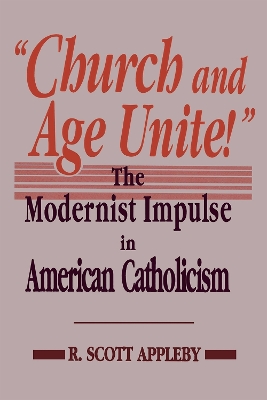Notre Dame Studies in American Catholicism
1 total work
This comprehensive study offers the first book-length examination of the influence of modernism on the intellectual life of the American Catholic community at the beginning of the twentieth century. R. Scott Appleby chronicles the story from 1895, when American Catholic priest John Zahm attempted to reconcile post-Darwinian theories of evolution with Catholic theism, to 1910, when former priest and radical Modernist William L. Sullivan published his Letters to His Holiness Pope Pius X, repudiating Roman authority. Appleby focuses on the ways in which certain priests, scientists, and scholars approached the vital topics of the day-human evolution, the salience of democratic principles and institutions for the vitality of Catholicism, the role of the will and intellect in the assent of faith-by appropriating the insights of the European Catholic Modernists. The Americans probed beyond the limits of the dominant Roman neo-scholasticism and retrieved models, images, and concepts from the apostolic and early medieval eras of church history. As the first experiment with a pluralism of methods and sources in American Catholic theology and philosophy, Appleby argues this was also an attempt to construct a viable Catholic apologetics that would speak to the experiences of American citizens. Because this enterprise resembled that of the condemned Europeans, the Americans also fell under a cloud of suspicion and original research was suspended for a generation.
